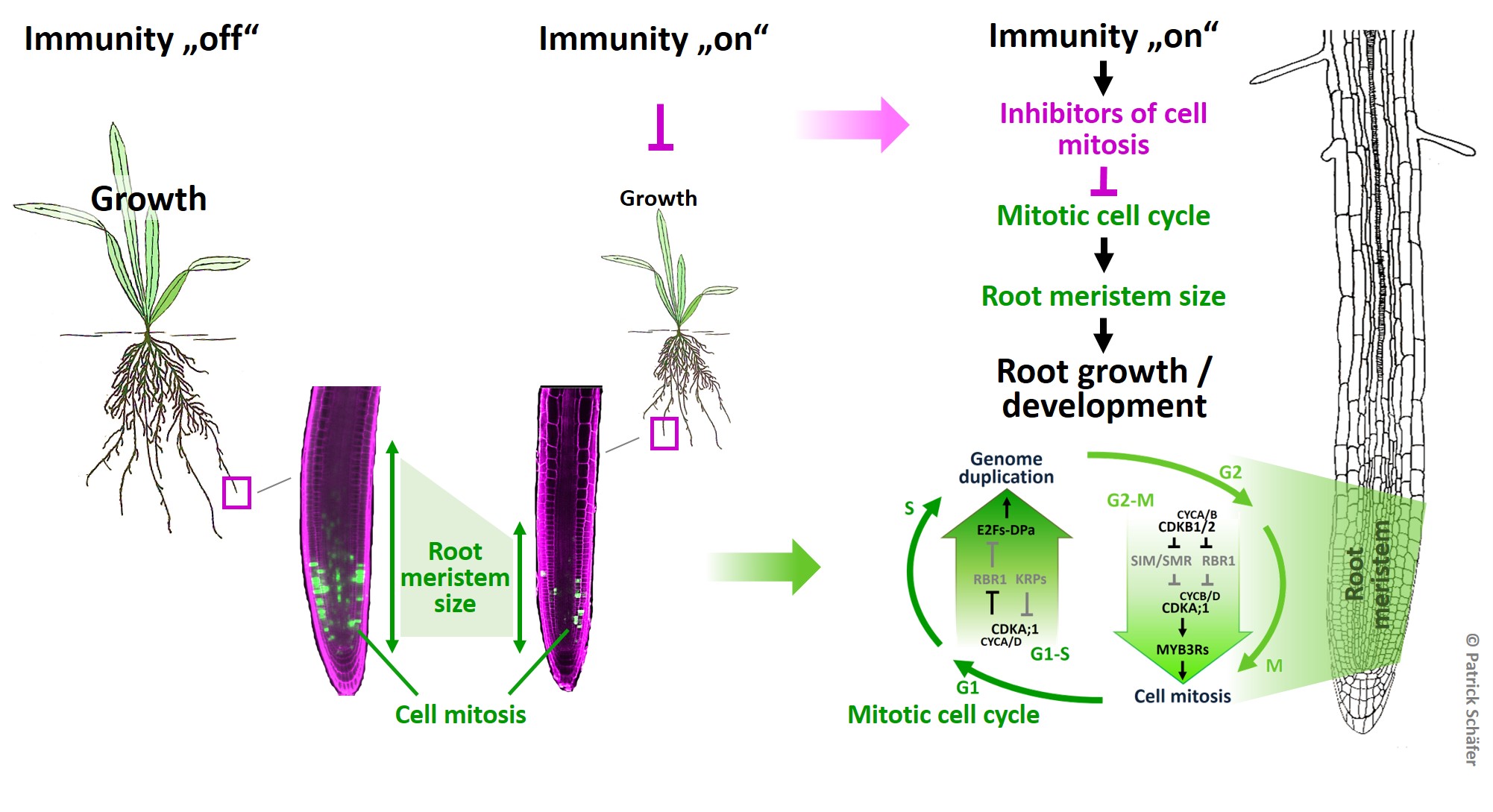

The message is subliminal: we’re not widely being told to look a certain way, but we are primarily seeing people in media who do match certain body types. For both women and men, TV, movies, and advertising have all held up a gold standard of what people should look like. The prevalence of negative body image is strongly tied to body representation in the entertainment industry. It can even lead to diagnosed mental health issues, such as depression and eating disorders, which negatively impact mental and physical health further. Poor body image can cause people to constantly feel overly self-conscious, talk negatively about themselves, and withdraw from activities, and can be a barrier for intimacy with a partner.

They become self-defeating, believing the lie that they are worth less than people with “ideal” bodies. People with negative body images are more susceptible to feeling overwhelmed, making them less likely to prioritize their mental and physical health. It is no secret that one’s body image plays a role in their mental health – how you view your own body affects how you view yourself overall and how you process the world around you.Ī negative body image contributes to low self-esteem, which can take a toll on your mental health. How body image can affect your mental health It is impacted by other reference points, seeing other people’s bodies and comparing them to your own. This includes how you feel about your height, shape, and weight and how you sense and control your body as you move.īody image is impacted by your memories from your own life and assumptions and generalizations about what bodies should like and what it means when they deviate from that standard. Click to share on LinkedIn (Opens in new window)īody image is a person’s subjective mental image of their own body, how they see themselves when looking in the mirror.Click to share on Twitter (Opens in new window).Click to share on Facebook (Opens in new window).In coastal areas, flooding and erosion are additional concerns. The warming climate has also caused a decline in water supplies, reduced agricultural yields, and triggered heat-related health impacts in cities. In turn, these changes have made wildfires more numerous and severe. Climate change has caused increased heat, drought, and insect outbreaks. Climate change will also worsen a range of risks to the Great Lakes. Extreme heat, heavy downpours, and flooding will affect infrastructure, health, agriculture, forestry, transportation, air and water quality, and more. Decreased water availability will have economic and environmental impacts. Extreme heat will affect health, energy, agriculture, and more. Sea level rise poses widespread and continuing threats to the region’s economy and environment. Increasing wildfire incidence and severity, heat waves, insect outbreaks, and tree diseases are causing widespread forest die-off. Sea level rise, erosion, flooding, risks to infrastructure, and increasing ocean acidity pose major threats. Changes in the timing of peak flows in rivers and streams are reducing water supplies and worsening competing demands for water.

Many states and cities are beginning to incorporate climate change into their planning. Moreover, adaptive capacity, which varies throughout the region, could be overwhelmed by a changing climate. Farmers can explore new crop options, but these adaptations are not cost- or risk-free. Infrastructure, agriculture, fisheries, and ecosystems will be increasingly compromised. Heat waves, heavy downpours, and sea level rise pose increasing challenges to many aspects of life in the Northeast. However, if we stopped emitting greenhouse gases today, the rise in global temperatures would begin to flatten within a few years. Temperatures would then plateau but remain well-elevated for many, many centuries. Humans have caused major climate changes to happen already, and we have set in motion more changes still.


 0 kommentar(er)
0 kommentar(er)
